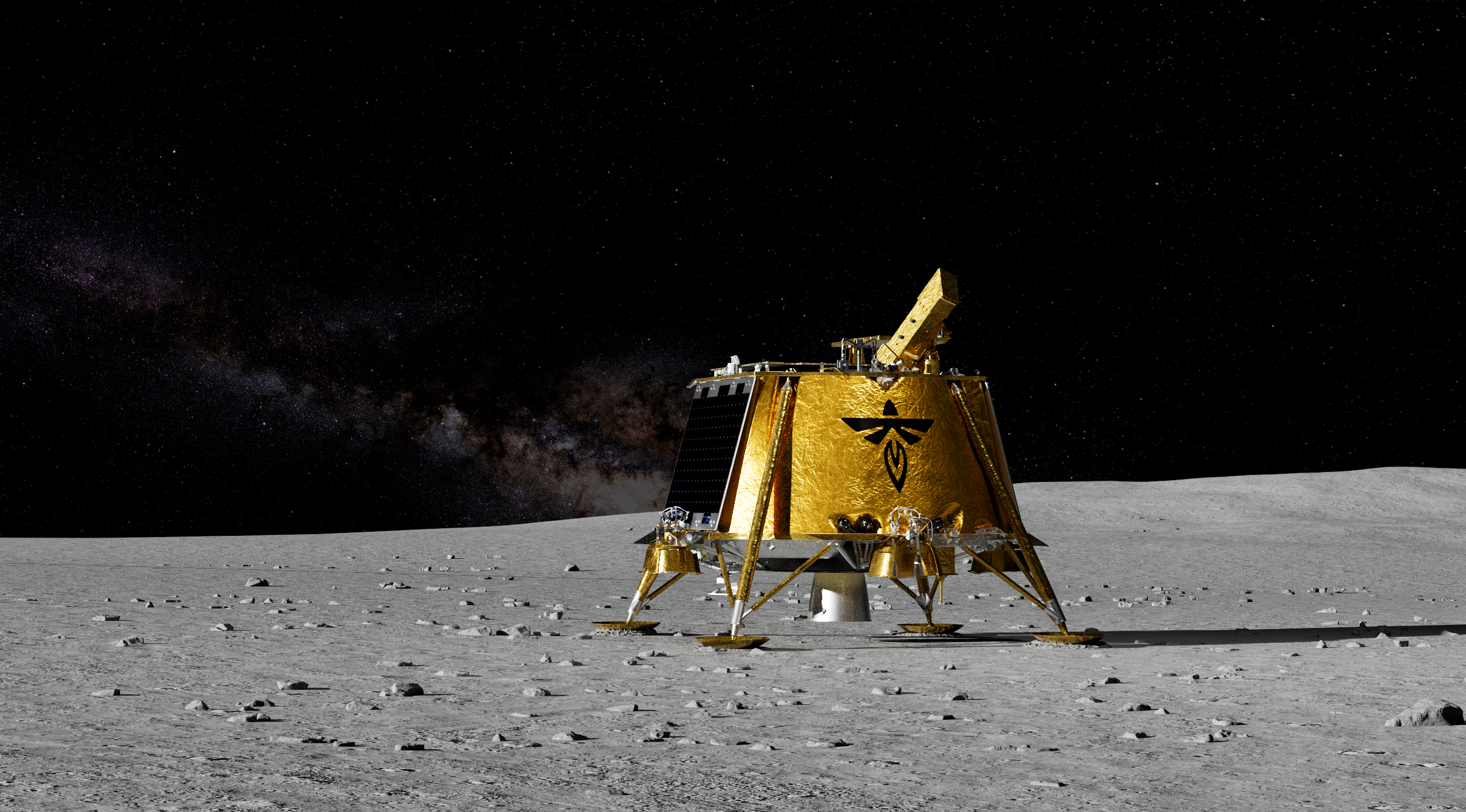NASA's LEXI Shoots to the Moon to Take First Full Images of Earth's Magnetic Field
To get a global view of Earths magnetosphere, NASAs Lunar Environment Heliospheric X-ray Imager (LEXI) is set for a trip to the moon. Scheduled to take off from the Kennedy Space Center in or after mid-January, the instrument will take the first full images of the magnetic field around Earth, which will help researchers reveal how the field fends off solar winds and weather. Were trying to get this big picture of Earths space environment, said Boston University physicist and LEXIs principal investigator Brian Walsh in a press release. A lot of physics can be esoteric or difficult to follow without years of specific training, but this will be science that you can see.Observing the Magnetic Field From the MoonEarths magnetic field is a perennial subject of scientific study. Shielding the Earth from flows of solar wind, the magnetic field, also called the magnetosphere, preserves and protects Earths atmosphere from atmospheric erosion. A variety of observations from satellites and other instruments have captured bits of the magnetospheres border, also called the magnetopause, from various vantage points in the past. By catching the X-rays that are created as solar winds smash into the magnetopause, these satellites and other instruments have seen the outlines of the magnetic field. But they havent seen the outlines of the magnetic field all around Earth in a single observation.In order to view the magnetopause globally, LEXI is going to the moon. Set to launch aboard Firefly Aerospaces Blue Ghost Lander as soon as mid-January, the instrument will be able to see the magnetic field surrounding Earth from the moons surface.According to NASA astronomers, the view of the magnetopause may reveal how solar weather impacts the magnetosphere. It may also reveal how some solar wind slips through the magnetosphere, creating auroras and causing interference with power systems and satellites on and around Earth. We want to understand how nature behaves, said Hyunju Connor, an astrophysicist at NASAs Goddard Space Flight Center and NASAs lead LEXI investigator, according to the press release. By understanding this, we can help protect our infrastructure in space.Seeing Shifts in the MagnetosphereFollowing its landing on the moon, LEXI will observe the magnetosphere for six days, watching as the magnetic field stretches and shrinks from the force of solar wind. We expect to see the magnetosphere breathing out and breathing in for the first time, said Connor, according to the press release. When the solar wind is very strong, the magnetosphere will shrink and push backward toward Earth, and then expand when the solar wind weakens.Though the trip will be a big first for the observation of the magnetosphere, it isnt LEXIs first foray away from Earth. In 2012, LEXI (then the Sheath Transport Observer for the Redistribution of Mass, or STORM instrument) was sent into space, where it tested X-ray observation technology before falling back to Earth. LEXI then went to Goddard, where it was displayed until Walsh, a member of the Goddard team that built the instrument, identified it for future use. Wed break the glass not literally but remove it, restore it, and refurbish it, and that would allow us to look back and get this global picture that weve never had before, said Walsh, according to the press release. Theres a lot of really rich science we can get from this.Article Sources:Our writers at Discovermagazine.com use peer-reviewed studies and high-quality sources for our articles, and our editors review for scientific accuracy and editorial standards. Review the sources used below for this article:Sam Walters is a journalist covering archaeology, paleontology, ecology, and evolution for Discover, along with an assortment of other topics. Before joining the Discover team as an assistant editor in 2022, Sam studied journalism at Northwestern University in Evanston, Illinois.


